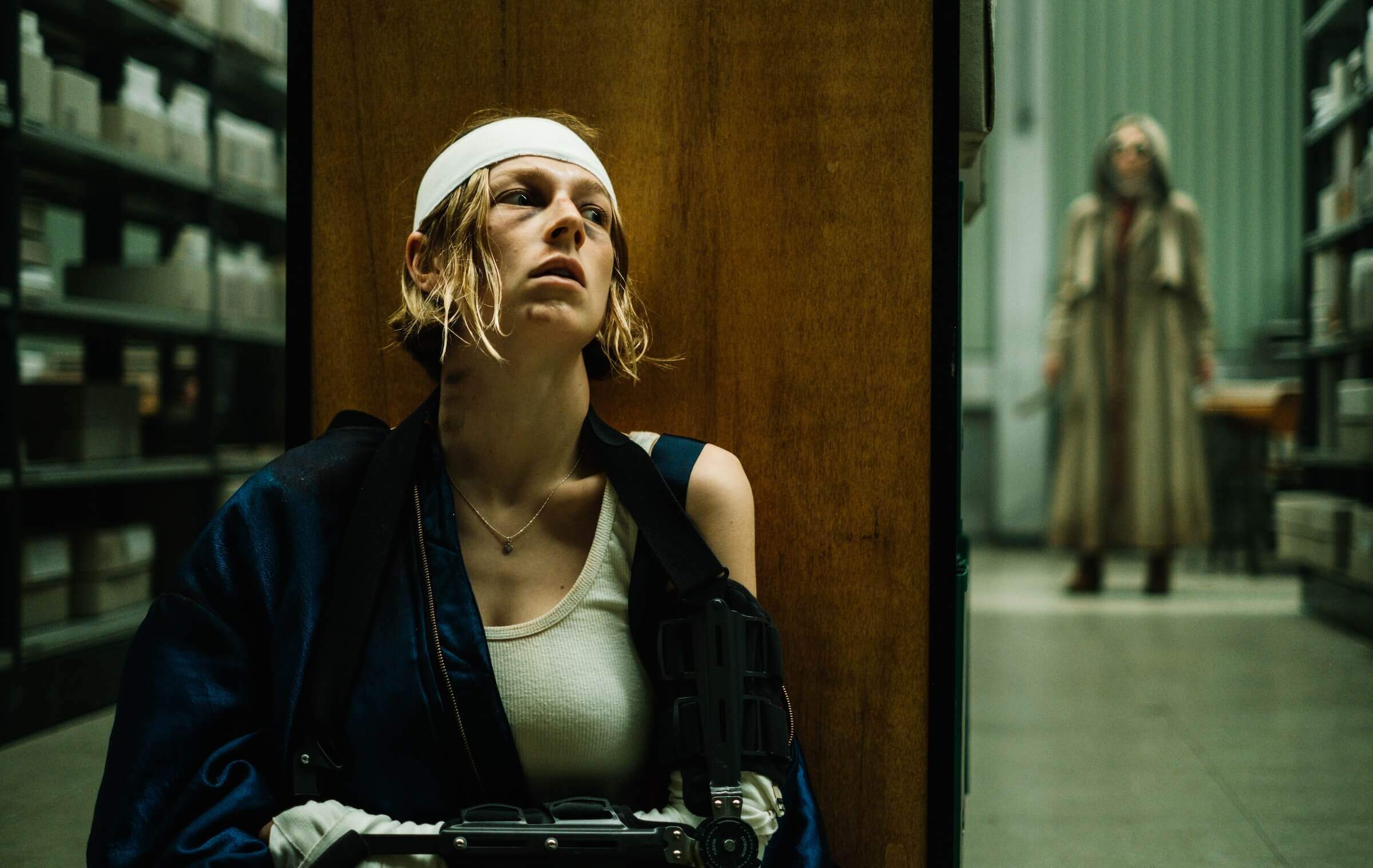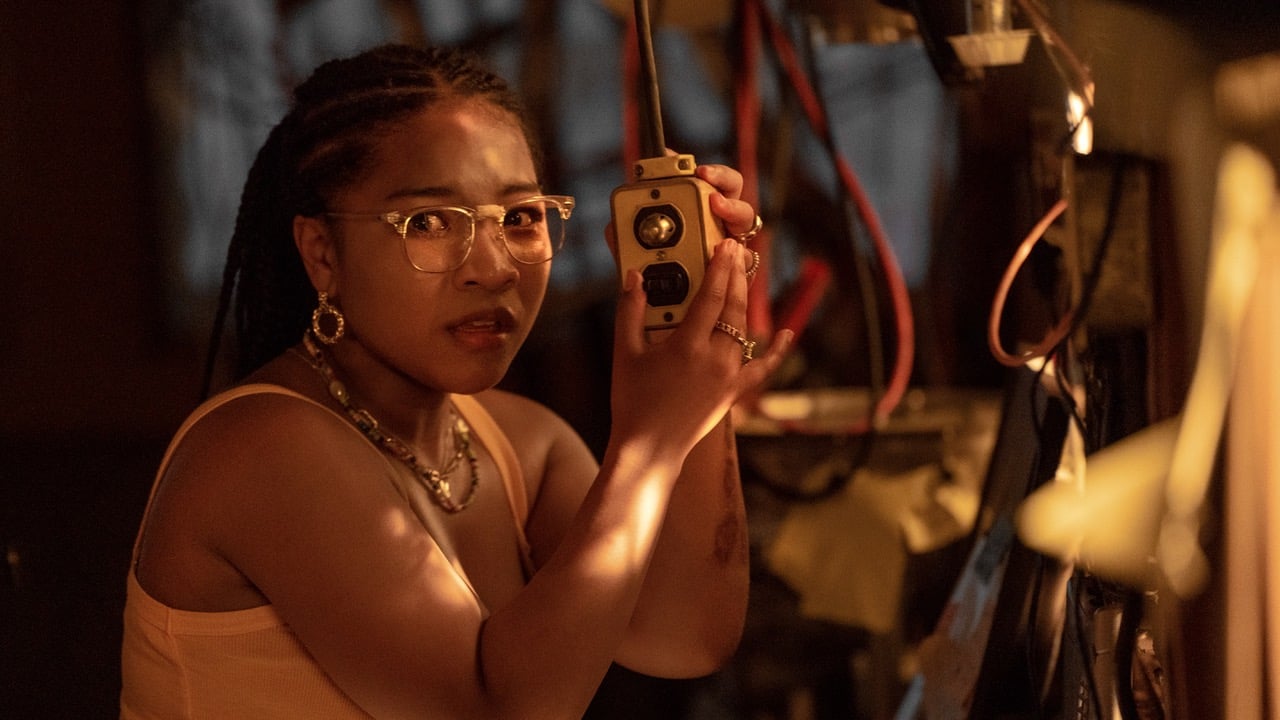‘Fresh’ writer Lauryn Kahn on the transition from comedy to horror
March 11, 2022
Though she grew up consuming the genre, at a certain point in her life screenwriter Lauryn Kahn became unable to watch horror. She was still intrigued by the genre, but would instead watch trailers and read plot synopses of films, opting to interact with them during the light of day. With Fresh, she set out to make a film that someone like her — “loving horror but being kind of too afraid of it” — would be able to watch.
While Fresh still has plenty of blood, adrenaline-inducing buildups, and scenes to make you squirm in your seat, it also takes after a genre tone that’s emerged in the past 10 years which includes “a little bit of everything,” Kahn says.
Fresh’s main character Noa (played by Daisy Edgar-Jones) is simply looking for a partner who doesn’t send her unsolicited pictures of his genitalia within minutes of matching with her or lament the lost femininity of his mother’s generation on a first date. After swiping her way through the Chads, she finally meets Steve (Sebastian Stan) in the grocery store, whose somewhat awkward but sincere discussion of cotton-candy grapes and his niece charm her.
When Steve wants to whisk Noa away to an undisclosed location for a weekend, it is Noa’s best friend Mollie (Jojo T. Gibbs) whose suspicions of this “straight girl’s fantasy” hint to the audience that Steve might not be as appetizing as he seems. Thirty-three minutes into the film and one gut-punching title sequence later, viewers are harshly reminded that this is a horror film about consumption in the modern dating age, not a romantic tale about a young woman finding true love.
Kahn comes from a background in comedy — which is clear in the dark yet humorous vein that runs through the film — but “always had aspirations to expand beyond,” she says. Taking a foray into horror, she wanted to incorporate aspects of the social thriller-horror genre that has emerged in recent years, such as grounded characters and real stakes, fear and violence, and humor that acts as levity when dealing with the heavier subject matter. The tone established by projects like Parasite, Get Out, and Killing Eve gave her “permission to go balls to the wall.”
“It was like, ‘This is okay, if you’re entertained and you believe these people, you can do whatever the fuck you want,’ and that was exciting,” she explains.
When she reached out to a friend for advice on writing horror, the friend simply said: “I just wrote the scariest thing to me.” So as she drifted off to sleep or zoned out in the shower, Kahn’s mind turned to “that worst-case dating scenario.” Though she’s married now, Kahn still remembers the anxieties of courtship and how difficult it is to figure out if you truly know someone when “everyone is putting their best foot forward” in photos and online profiles — or in Steve’s case, aren’t putting forward any kind of social media presence at all.
To build tension in scenes before Steve’s bloodier cravings are revealed, Kahn circles “the way women operate in the world, the subconscious way that men don’t even think twice about.” Whether you are walking your dog at night, going to your car in a parking garage, or meeting someone, “it’s just constantly sizing up danger,” she says.
The adrenaline induced by these moments of heightened awareness and the subsequent release when we realize Noa isn’t in immediate danger replicates the constant precariousness of the female experience. Though the film never takes these fears lightly, it does plant a seed of uncertainty in the audience as we wonder: is this another quotidian moment of potential violence, or is this the moment when the worst-case scenario horrors of the film begin?
“I wanted it to be that you really invest in Noa’s journey so that when the rug is pulled out and the tone does shift, you’re essentially just as surprised as she is and you’re not saying, ‘How stupid was she to do this?’ by the end,” says Kahn.
Besides drawing on her own experience, Kahn also wanted to explore uber wealth, another theme that is increasingly gaining traction in “the zeitgeist,” as she puts it. “What sparked me at first was also the idea of the uber-wealthy, and when you can buy anything when you’re a billionaire, what brings you joy at that point?”
As she chewed on this question about the desires of the mega-rich, other creators and members of the generational population were doing the same. Breakout hits like Squid Game and even “a random tweet” she saw while filming the project highlighted the relevance of the film’s themes in our current cultural moment. Though it’s hard to explicitly describe the tweet or how these themes are explored without spoilers, let’s just say that Steve has some wealthy connections who also indulge in his dark appetites (and that some Twitter users suspect Jeff Bezos of doing the same).
“I knew it was bold, I knew it was crazy, I knew it was out there, but I knew that I was proud of it,” Kahn said of Fresh. “So if people read it and they’re like ‘What the fuck’ — which there were plenty — that’s okay, because as my producer says, it only takes one.”
The best advice Kahn heard as she embarked on this project was to write what she wanted to see, and she did. Without the pressure to be funny on every page, she could craft the story she yearned to watch without worrying about the comedic value of each line or character. “I found it so freeing, and it was one of the most fun things I ever wrote,” she says.
Her belief in her story clearly paid off. Kahn described a sense of surrealness as she watched people yell at her characters and gasp during test screens. “I’m so proud, but it is completely surreal in a way where you feel a little out-of-body,” she admits.
Kahn finished with her own piece of advice to writers: “If you have your vision and you know that you would want to see it on the screen or you would want to see it on TV, fuck everything else.”
“Fresh” is currently streaming on Hulu.
PHOTO CREDIT: SUNDANCE INSTITUTE
Written by: Madison Alvarado




